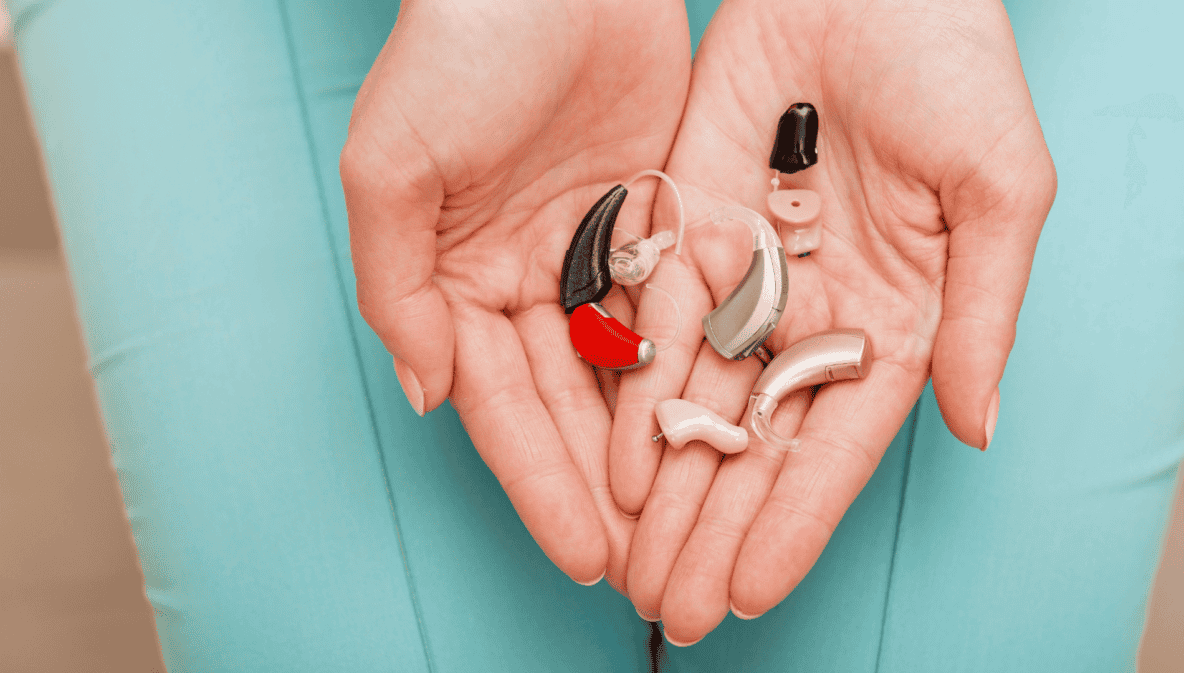The first hearing aids were bulky, uncomfortable, and far from discreet. Early models used large batteries, required frequent adjustments, and had limited sound clarity. Over time, advancements in hearing aid technology transformed these devices into sleek, powerful tools that enhance daily life.
Today’s hearing aid styles are designed for comfort, efficiency, and superior sound quality. Cutting-edge technology has introduced features like noise reduction, Bluetooth connectivity, and rechargeable batteries to improve the general experience for individuals. The journey from cumbersome designs to nearly invisible models has revolutionized how people with hearing loss experience the world.
The Early Days of Hearing Aids
The first hearing aids in the 19th century relied on acoustic horns and ear trumpets. These devices amplified sound but were large, impractical, and often made from metal or wood. While they provided some benefits, they lacked the precision needed for clear communication.
Electric hearing aids emerged in the early 1900s, using vacuum tube technology to improve amplification. These models were still large and required external components, making them difficult to carry. Despite their limitations, they paved the way for more advanced solutions.
The Rise of Smaller and More Efficient Designs
Hearing aids became more compact and wearable in the mid-20th century. The introduction of transistor technology in the 1950s led to smaller, more reliable devices that no longer needed bulky external components. This advancement allowed for better sound clarity and longer battery life.
By the 1980s, in-the-ear (ITE) hearing aids became popular, offering a more discreet option. These models were custom-fitted and provided improved comfort compared to earlier designs. The shift toward miniaturization continued as hearing aids became even less noticeable.
The Introduction of Invisible and Rechargeable Models
Hearing aids continued to shrink in size while gaining powerful new capabilities. Invisible-in-the-canal (IIC) and completely-in-the-canal (CIC) models provided an almost unnoticeable option for those seeking discretion. These devices sit deep in the ear canal, delivering clear sound without being visible.
Rechargeable hearing aids also became a game-changer, eliminating the need for disposable batteries. With improved battery efficiency, users could rely on their devices throughout the day without interruptions. Convenience and reliability have become key factors in modern hearing aid design.
Wireless Connectivity and Smart Hearing Aids
Modern hearing aids now integrate seamlessly with smartphones and other digital devices. Bluetooth-enabled models allow wearers to directly stream phone calls, music, and TV audio into their hearing aids. This level of connectivity improves communication and entertainment experiences.
Artificial intelligence (AI) has also made its way into hearing aid technology, offering features like automatic sound adjustments based on the environment. Some models can even detect falls and provide real-time language translation. The combination of AI and wireless connectivity continues to push hearing aids beyond traditional expectations.
What’s Next for Hearing Aids?
Innovation in hearing aid technology shows no signs of slowing down. Researchers are developing hearing aids with biometric sensors to track health data like heart rate and activity levels. These features could transform hearing aids into multi-functional health devices.


